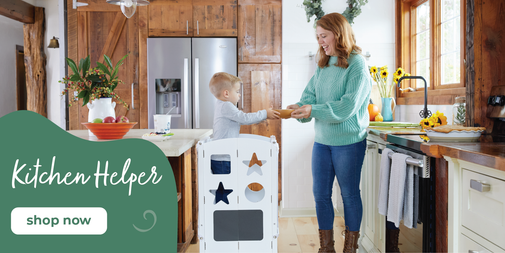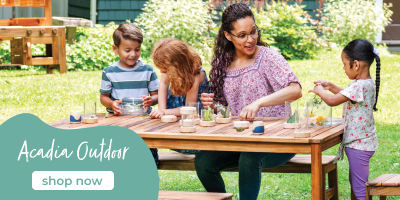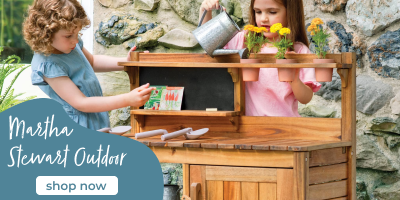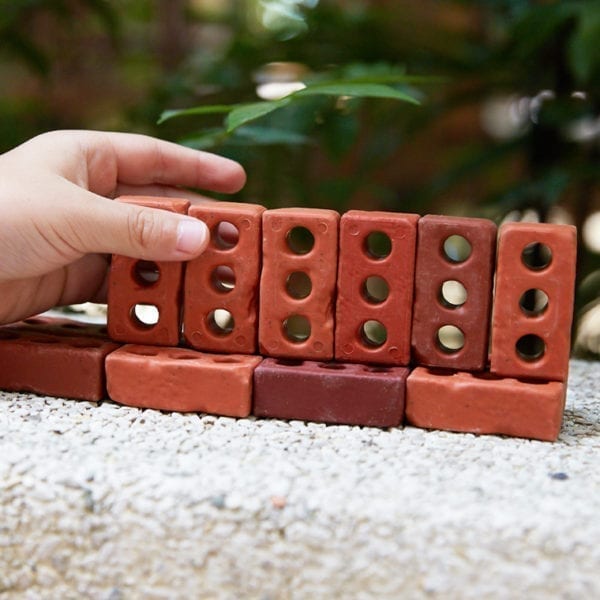What Do the Grown-Ups Do During Child-Driven Play?
 When we start to embrace child-driven, play-based learning, we have to ask: what are the adults supposed to do? If we are offering children open-ended materials and letting them run with imagination and experimentation, do we just walk away? Do we play with them?
When we start to embrace child-driven, play-based learning, we have to ask: what are the adults supposed to do? If we are offering children open-ended materials and letting them run with imagination and experimentation, do we just walk away? Do we play with them?
When kids are engaged with their own explorations, there is a certain freedom for adults who now, instead of feeling obligated to constantly be re-focusing a child’s attention back to a predetermined task, trust that children are capable and competent. We will always think about safety, of course, but trusting children and the role of play in general, allows us to step back and do a different kind of support work. We can help children get into, and stay in, an independent play mode.
A big part of this is the materials we choose to offer, either by suggesting the material or making them available for kids to take off of a shelf. With preschool-age children, choosing a low-tech or no-tech material is best, allowing kids to solve problems and iterate on their ideas independently. Materials that are simple but engaging, but don’t require adult troubleshooting, like Magnetic Toys, are ideal: there is no wrong way to use them; they don’t need to be turned back on or reset.

So, with open-ended materials available for kids to get into their own ideas, what do the adults do?
Observe and eavesdrop
The best way to experience the power of child-driven, play-centered learning is to sit back with a cup of coffee and watch without interfering. We often jump in when we aren’t needed, interrupting the flow of play. Again, safety is a given, but children need to work through experiences independently. When we observe a child deep in that play zone, we can appreciate their delight and engagement. Just for a minute or two, revel in the pleasure of the creative and cognitive leaps children experience in play.
Pepper in open-ended statements and questions
In reality, at home, caregivers have many more things to do besides quietly drink coffee and watch their child play. You might catch yourself walking past a child at play and giving a command – to slow down! quiet down! be careful! I know I said those phrases in the classroom hundreds of times, and immediately wished I had offered them a more meaningful message. “I see all three of those look the same!” “Did you use all of the squares?” “Look how those cling to the wall, it’s like magic!” Open-ended language is encouraging and keeps the play going.

Drop a new material into the mix
Sometimes, you’ll be eavesdropping or watching, and you can hear an interest emerging – perhaps a child is talking about soccer and building a soccer goal-like structure with Magnetic Toys. You can step away, grab a handful of marbles, and put a little container of them on the table. Or maybe the child needs a character to keep playing out their story: you can walk by the table and add a dinosaur before they even know they need it. This is a helpful and kind of silent extension of their play that they may run with or ignore, but rather than telling them what to do, they can discover and make the real play decisions on their own.
Rather than suggesting that you need to sit down and play with children during their explorations, I think you should simply stay alert. You may be in the next room; you may be supporting a different child with a different task. These suggestions don’t need to be deployed every time a child is playing independently: do what feels natural, and follow your own playful instincts without overshadowing the child’s ideas. If you find yourself as the child’s playmate, let them take the lead and you follow.
At home, children might be used to having an adult solve problems. It is always so much quicker for us to solve a problem for a child. But the problem-solving, the process, is where the work lives, where the learning lives. Offer interesting materials and step back: you’ll probably find the supporting role pretty pleasant.


















